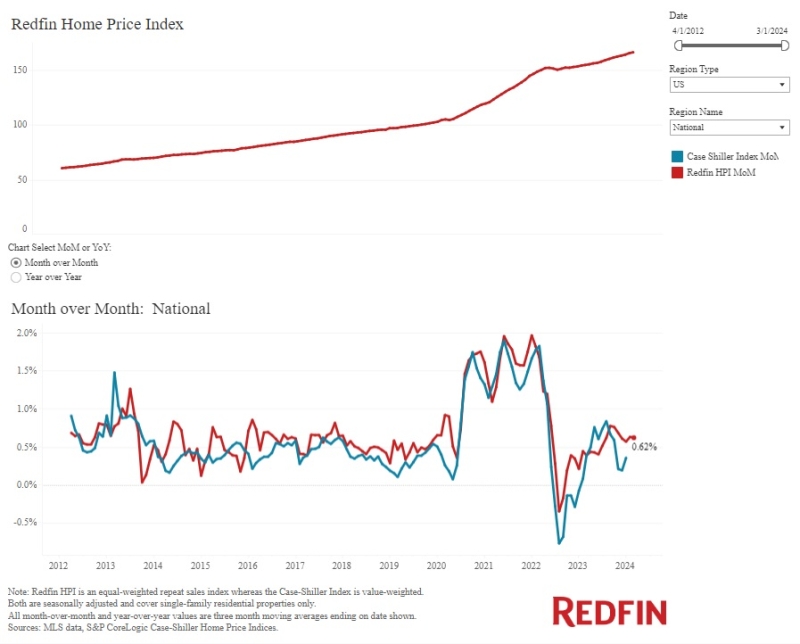Advertisement
MCT Releases 2019 Economic and MBS Market Outlook

Mortgage Capital Trading Inc. (MCT) has released a white paper entitled the “Economic and Mortgage Backed Security (MBS) Market Outlook 2019.” Authored by industry expert Bill Berliner, Director of Analytics at MCT, the paper explores the current events and trends that have the greatest power to impact the market in 2019.
The white paper provides illustrative charts to explain the impact of moderating economic growth on interest rates, the mobility of lending volumes, and trends that may influence the mortgage and housing markets.
Berliner’s research reveals that the general consensus is for slower U.S. economic growth in 2019, although few observers are predicting a recession this year. At the beginning of 2019, U.S. Treasury yields were roughly in line with their prevailing levels from January 2018, but remain high relative to sovereign debt from other developed countries. This suggests that the Fed has plenty of “ammunition” to fight a future slowdown in economic activity.
As for the outlook on lending volumes, the recent drop in rates has created expectations for an uptick in volume. This is because refi applications appear to have an inflection point around a four percent mortgage rate. When rates are above four percent, the refi index is fairly insensitive to rate shifts, but when rates decline below four percent, the slope of the trend line is much steeper. With the survey rate currently around 4.40 percent, we expect that refi volumes won’t pick up without a further decline in rates.
The paper further states that MCT does not expect the Treasury yield curve (2-10s) to invert unless the Fed moves aggressively to raise funding rates this year. Given the Fed’s stated “data-driven” approach to policy, the Fed won’t raise rates in 2019 short of a noticeable acceleration in economic activity, MCT stated. If economic growth stalls, the curve could steepen as markets begin to anticipate an easing cycle.
Moving forward, without a decline in mortgage rates to around the four percent level (or below), the paper indicated that lending volumes should remain tepid, keeping pressure on lenders’ profit margins. It was noted that financial markets may continue to exhibit bouts of instability and volatility, reflecting the growth of algorithmic trading, trade tensions, and lack of Fed asset purchases.
About the author





